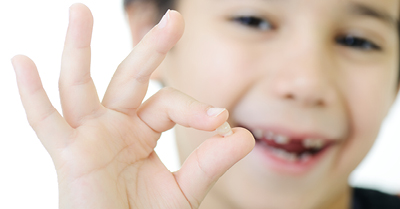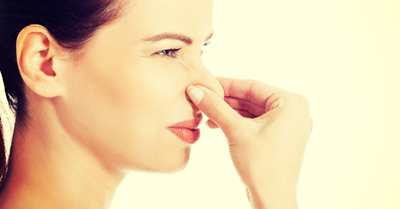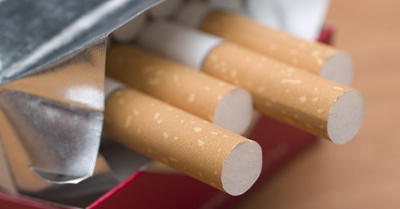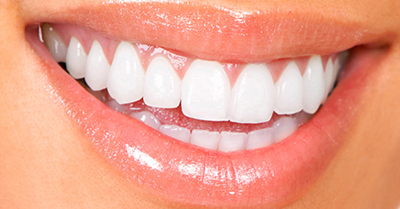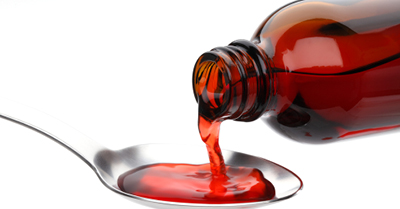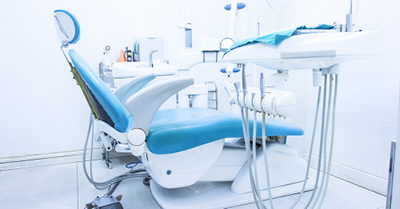 If you think back to perhaps fourth grade science, you may remember learning about the tongue map. The tongue map described which areas of the tongue tasted different flavors — bitter on the back, sour and salty on the sides, and sweet on the front. At my dental office in Modesto, we’d like to correct this early-taught lesson of mouth anatomy (sorry, fourth grade teachers!).
If you think back to perhaps fourth grade science, you may remember learning about the tongue map. The tongue map described which areas of the tongue tasted different flavors — bitter on the back, sour and salty on the sides, and sweet on the front. At my dental office in Modesto, we’d like to correct this early-taught lesson of mouth anatomy (sorry, fourth grade teachers!).
Where Are You, Bud?
Taste buds are often mistaken for another crucial piece of tongue anatomy — the papillae. When you stick out your tongue (go ahead, stick it out), you’ll see a bunch of tiny bumps on all areas of the tongue. These are not your taste buds, these are your papillae. Papillae come in several forms and actually house your taste buds which are much smaller. So if you have papillae all over your tongue, does that mean your taste buds are all over your tongue and you taste every flavor everywhere? Unfortunately, it’s a bit more complicated than that.
Where’s Your Flavor?
Papillae comes in four main forms — the filiform, the fungiform, the foliate, and the circumvallate. Let’s start with the least exciting one, the filiform.
- Filiform – The filiform papillae are found in the middle of the tongue and almost look like fur. Don’t worry, it’s not really fur and you’re not turning into a werewolf, it’s just the shape of this papillae. This is the least exciting papillae because it doesn’t contain any taste buds. This means you don’t taste tastes in the middle of your tongue.
- Fungiform – These papillae are found on the sides and front of the tongue and look like tiny dots. These are a bit more exciting but only slightly. Each fungiform papillae contains about 3-5 taste buds so you can technically experience taste in this area of the tongue, but there’s a better place.
- Foliate & Circumvallate – Most of your taste buds are found in these two papillae. In fact, each one usually has more than 100 taste buds! Both of these types of papillae are found at the back of the mouth. The circumvallate are on the top of the tongue in the way, way back and basically form a line from one side of the tongue to the other. The foliate papillae are also way in the back on either side of the tongue and look more like ridges than small bumps.
So you can see, using the tongue map is a great way to roughly explain how taste buds work, but we wanted to make sure all of the patients at my Modesto dental office knew the real source of the blissful taste of their favorite foods. So take a bite, let it linger on the back of your tongue, and enjoy!
Accepting patients from Modesto, Riverbank, Oakdale, and surrounding communities.





